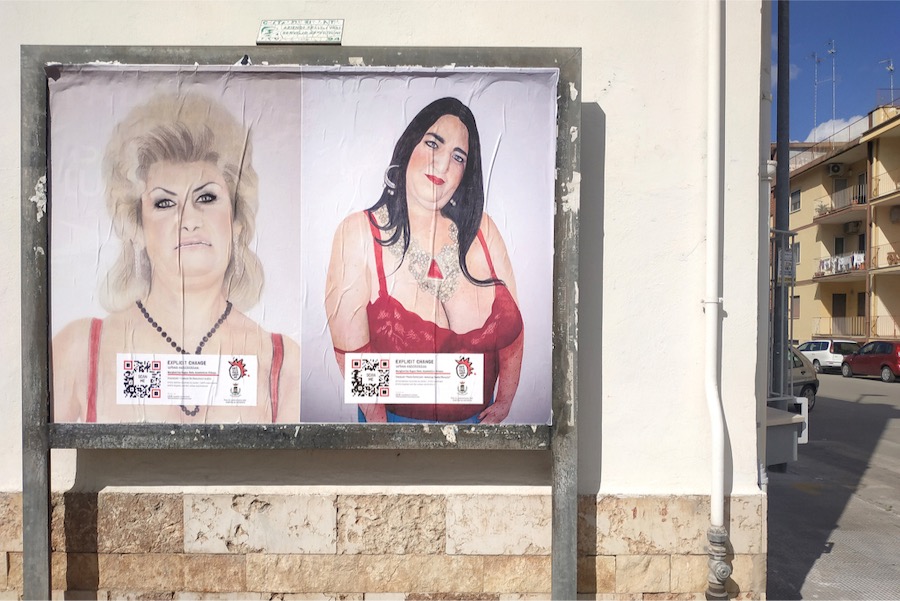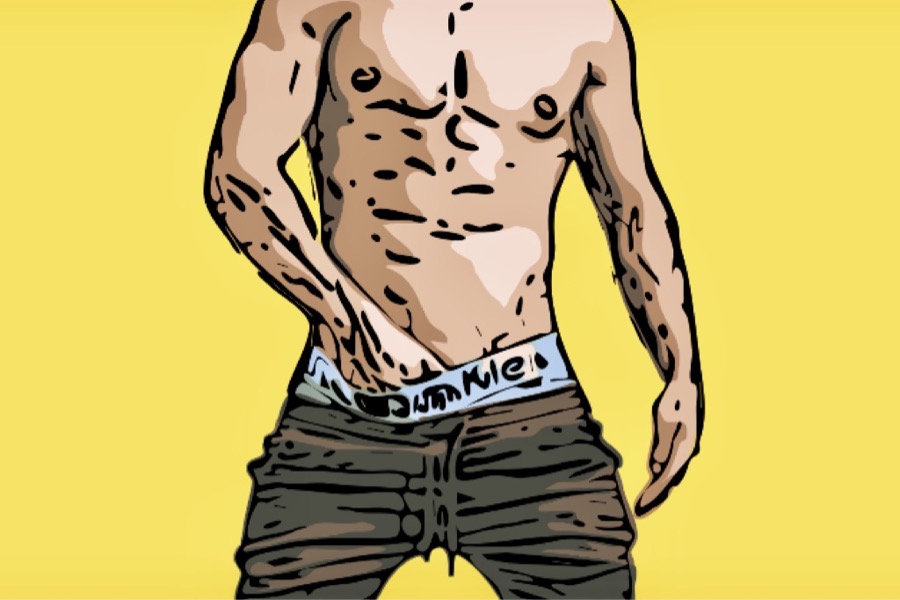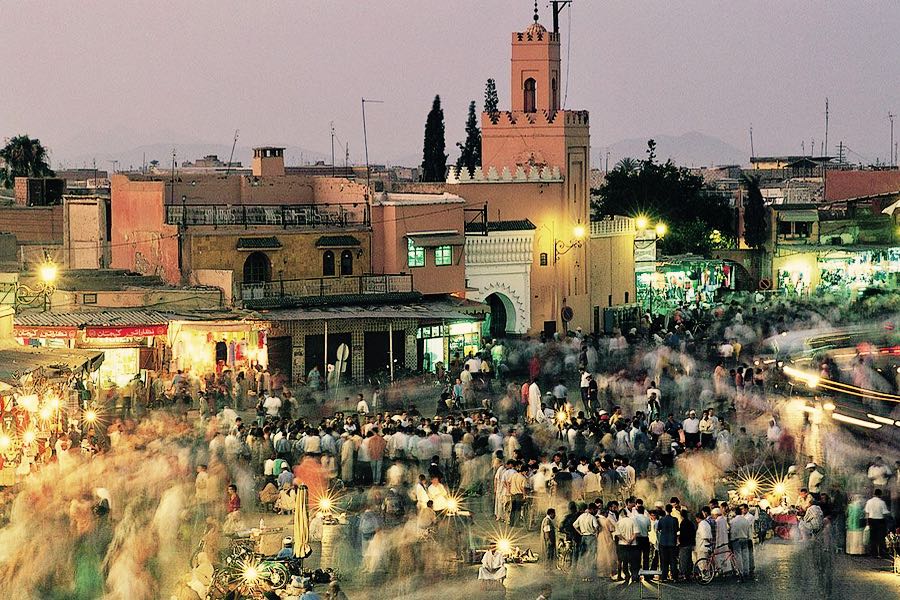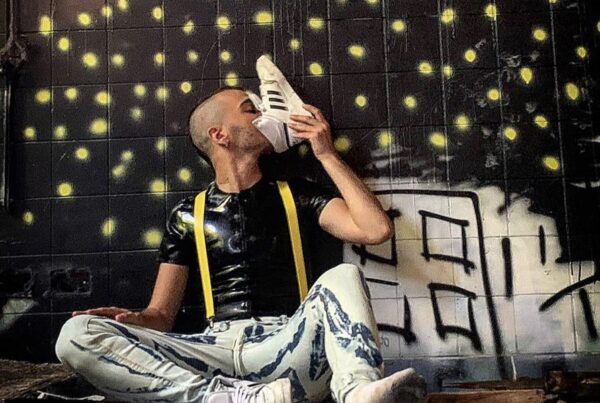Public and private galleries, personal blogs, dedicated pages on social networks and the most varied virtual solutions, do all these tools really help to spread Art by conveying its contents at a trans-generational and trans-social level? Despite the development of many alternative solutions for the dissemination of Art, often Art continues to appear unattainable and disconnected from everyday life. However, the constitutive intent of art is also to narrate the beauty in all its facets, overturning old paradigms and challenging old-fashioned systems.
For this reason, a young collective from Bitonto decided to break the old paradigms and repeated patterns by bringing the artworks of a local artist, Margherita Ragno, in an urban exhibition that involved the whole city. The choice that brought them to select the artworks of this artist, who portrays the female bodies in their natural beauty that often does not correspond to the mainstreaming concept of beauty, is not accidental. In this double interview with the artist Margherita Ragno and the collective Anestetico Urbano (i.e Urban Anesthetic), we try to deepen the value of the different forms of beauty enclosed in the female body and how art can talk about feminism and go beyond the gender patterns. .
Margherita, the main subject of your performances are women. The women you represent are far from the role model of women that is often advertised in the media. You chose to represent “imperfect” women but “normal” women. Why this decision?
It is a matter of detail that helps to recognize that given figure. Then it is also a matter of personal taste. I like everything that is wrinkle, defect, imperfection, I really like it. I am struck every time I happen to meet on the street these ladies with particular traits, eccentric makeup or marked by time, by a certain detail. All this for me is much more interesting, both visually and technically to draw. And then it often becomes a therapeutic work, it makes you perceive many things.
 Although we are heirs to the sexual revolution of the 70s, today we continue to meet problems when dealing with nude representations. An example of this is the various forms of censorship applied to social networks. The nude is not always well received, but you have addressed it as the main theme. What message does the nudity of your subjects want to communicate?
Although we are heirs to the sexual revolution of the 70s, today we continue to meet problems when dealing with nude representations. An example of this is the various forms of censorship applied to social networks. The nude is not always well received, but you have addressed it as the main theme. What message does the nudity of your subjects want to communicate?
The protagonists of my works are women live portrayed or found on the internet or even though amateur websites. But when I explore them, I let these ladies inspire me: perhaps a face, a position, a glance. I look for love at first sight. And while I’m searching for the bodies, I get lost in the details. Of course, often some people have been appalled by some representations and, especially with nudes, it is impressive how their attention hardly manages to move from the vagina to the remaining thousand details. But for me it is fine, even when people say they are horrified, it is fine. Criticism is always a great opportunity for confrontation.
Which artists inspire your work?
I like photographers more than anything, Erwin Olaf was my first love. Then there are some pastel artists that I really admire especially for the management of the technique, including two or three Italians, like Marco Mazzoni, that I find sublime from all points of view.
Why did you, as the collective Anestetico Urbano, decide to support Margherita’s project?
When we decided to start the magazine and the urban exhibitions at the same time, we didn’t know much about how and when we would do it but two things were certain: we wanted to promote emerging artists, starting from the Apulian local scene, and we wanted more than anything to promote, enhance and support all the projects that deal – directly – with “humanity”, in a close, visceral way.
The innovative idea of the project is to present the works through an urban exhibition, an exhibition that meets all citizens. Where does this idea come from and what added value does it give to your project?
It is the re-appropriation of spaces normally devoted to advertising (and, let’s be honest, often and willingly advertisement with a little tacky content…) that attracted us. And, why not, with the support of the local authority. Street art is a wonderful, spontaneous, and impetuous world that we appreciate and support, but in this case, we wanted the artistic act to be part of the intention of the local authorities to support the spread of important social messages. The aim is social change, to push people to look at certain topics in an ever-changing way, inevitably approaching them.
 On your website, is possible to view and experience the entire contents of the exhibition. Moreover, and you have associated each work with a reflection of different feminists of our time. What does feminism mean to you?
On your website, is possible to view and experience the entire contents of the exhibition. Moreover, and you have associated each work with a reflection of different feminists of our time. What does feminism mean to you?
This is a very good question that as always, opens a potential flow of words and thoughts very difficult to summarize in a few lines, but we will try to be synthetic, I promise. Nowadays, feminism cannot disregard gender issues and, no less importantly, cannot disregard certain scientific positions. Moreover, as the writer Chimamanda Ngozi– that we reported in one of the interviews associated with Margherita’s works – often says, feminism without the participation of the male community is half a revolution. This is a struggle that must be supported by the entire human community.
There is still need of feminism, but only of its more open and understanding version otherwise you risk to fall into the usual paradox of “I respect this or that category, but…” Today feminism must aim to overcome the classic dualisms in which women are/have been forced until now and must give the possibility to the different marginalities to assert themselves. The defence of diversity is and must be sacred.
What value nudity and sexuality have in your artistic vision and what message do you want to launch with this project?
As Nadia Waheed, a great Pakistani-American artist, says, “the nudity is a symbol for my fundamental acceptance of myself, as I am.” The paintings of nude women, we must say, do not always concern the politics of the body. However, the portraits of these women and their bodies constantly stimulate discussions about race, rigid standards of beauty, sexuality in all its facets and, in the case of Margherita Ragno, sexuality in advanced age, a subject that always finds particular resistance.
Plans for the future?
Surely, we would like to continue this project, dealing with other issues and areas that we care about such as gender issues, multiculturalism and intersectionality. The intersections are, in fact, our favourite spaces, where humanity forgets to belong to a specific sector and rediscover in itself a bit of the other. At the same time, a branch of the Anestetico Urbano project is specializing in branding and marketing activities, strongly oriented towards change, with the aim of directing public and private bodies towards a type of socially responsible communication.
Antonella Cariello
©2020 Il Grande Colibrì
images: Anestetico Urbano / Margherita Ragno




